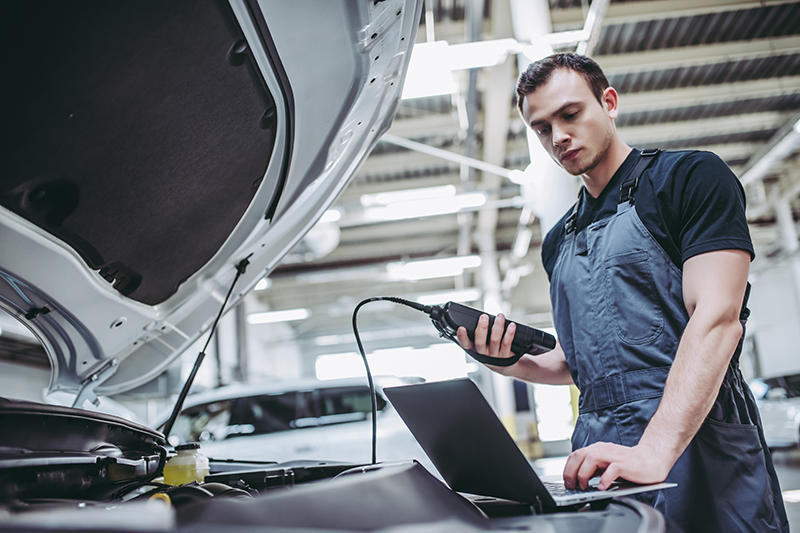Employment snapshot
The main industry class related to the Automotive Mechanical and Specialisation industry sector is Other Automotive Repair and Maintenance.
Please note however that this industry class also covers other activities besides work relevant to the Automotive Mechanical and Specialisation sector, so the numbers shown here should be seen as indicative only.
According to the 2016 census data, there were 65,673 people employed in Other Automotive Repair and Maintenance compared with 59,603 in 2011. The main employing occupation in this sector is Motor Mechanics, and in 2016 this occupation formed a little under 60% of employment in this sector. Employment in this occupation is expected to decrease slightly up to 2025.
Occupations in this industry class that are also relevant to the Automotive Mechanical and Specialisation sector are Motor Vehicle Parts and Accessories Fitters, and Other Miscellaneous Labourers (the Mechanic’s Assistant component) but only form a small component of this industry class. While employment for Other Miscellaneous Labourers is projected to increase by around 9% up until 2025, employment as Motor Vehicle Parts and Accessories Fitters is expected to remain fairly steady.
